- contact@leviathan-dynamics.com
- 01 48 38 22 45
- lang

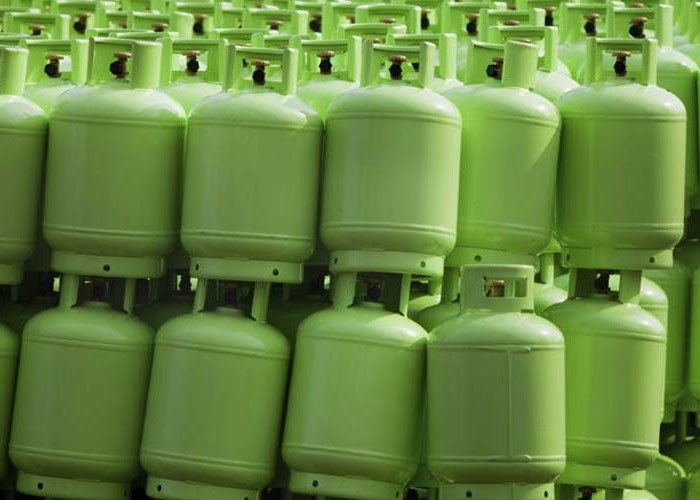
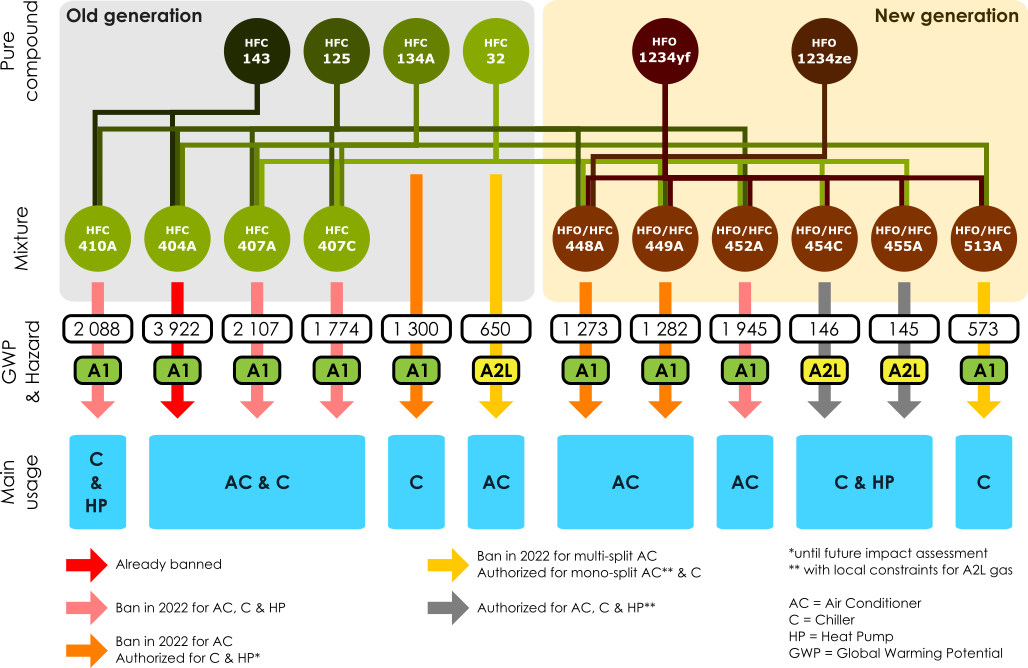
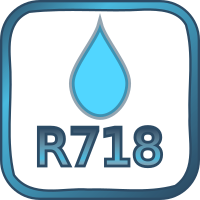


In traditional chillers and heat pumps, because refrigerants can be polluting and/or hazardous, the refrigeration cycle is always closed inside the machine in order to limit the quantity of refrigerant used.
To allow heat transfer from the process to the machine, a circuit of coolant is used. The coolant is circulated using a circulation pump. By doing so, in the case of a chiller, the cold coolant is transfered from the machine to the process. In the process, the coolant absorbs heat and so the coolant temperature rises. Then, the hot coolant returns to the machine and evacuate the heat to the refrigeration cycle by using a heat exchanger.
The heat pump works under the same principle but with an inverse way.
In both cases, the coolant used is usually water.
In our case, the coolant and the refrigerant is the same fluid: water. This is made possible because water is neither polluting nor hazardous. Moreover, water is affordable. So there is neither environmental, security nor economic constraints to use water in excess.
In such case, the heat exchanger that separate the refrigerant line and the coolant line is not required. By removing this heat exchanger, it is then possible to achieve higher energy efficiency since the heat exchanger is a source of inefficiency.
Traditional Process
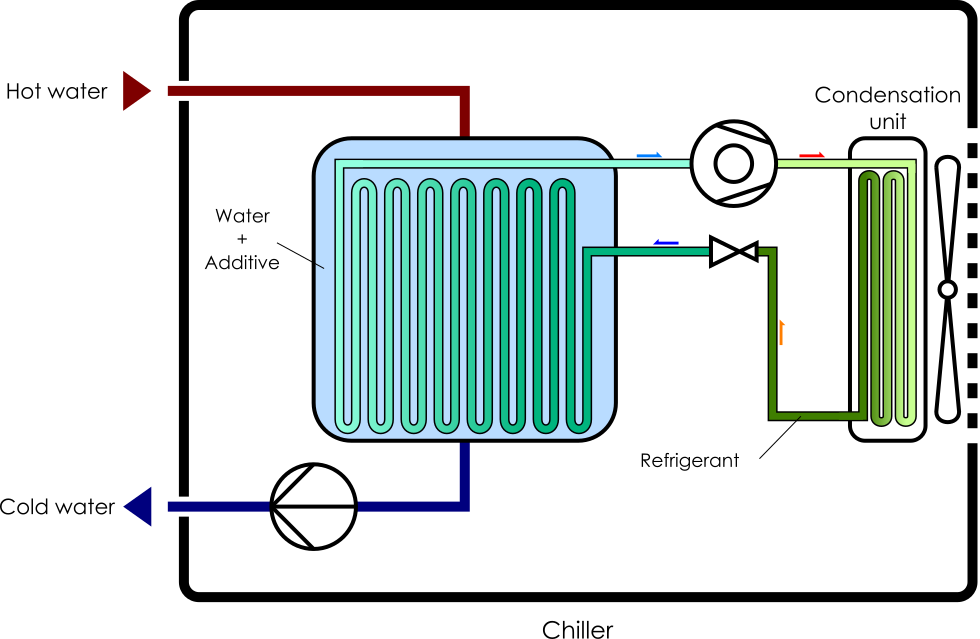
Leviathan Dynamics Process
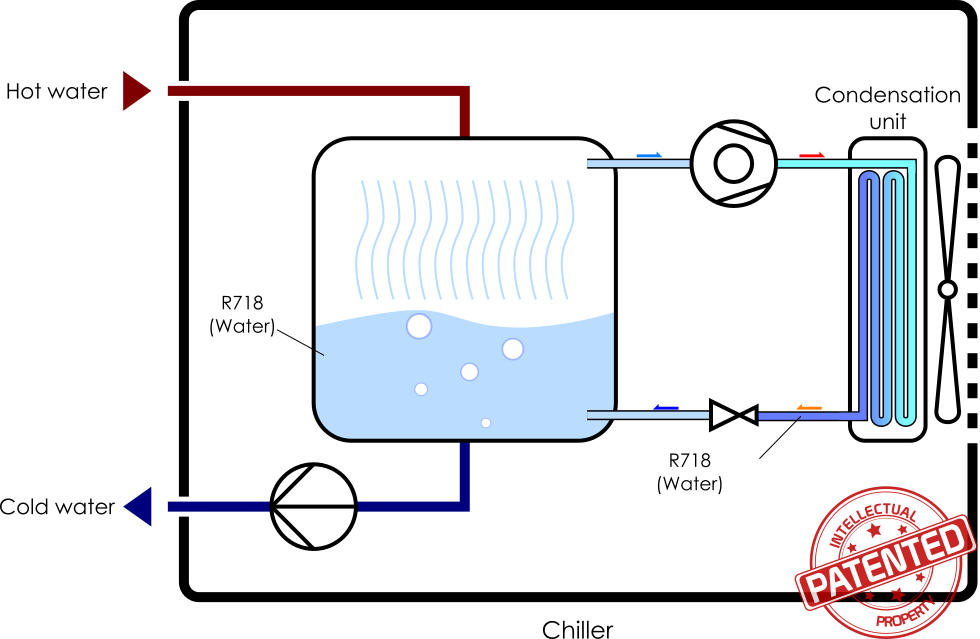
MVC process require evaporation. However, MVC process with water as the working fluid requires operation under deep vacuum to allow the evaporation at low temperature.
The problem with vapor under vacuum is that they are very light. In our process, water vapor is up to 100 times lighter than air. Since it is mass that vehiculate heat, we need to transfer a very high volume flow rate in order to obtain exploitable cooling power.
With existing compressor technologies, compared to a machine that works with fluorinated gases, we would require compressor 20 times bigger. To avoid this problem, we developped our own compressor.